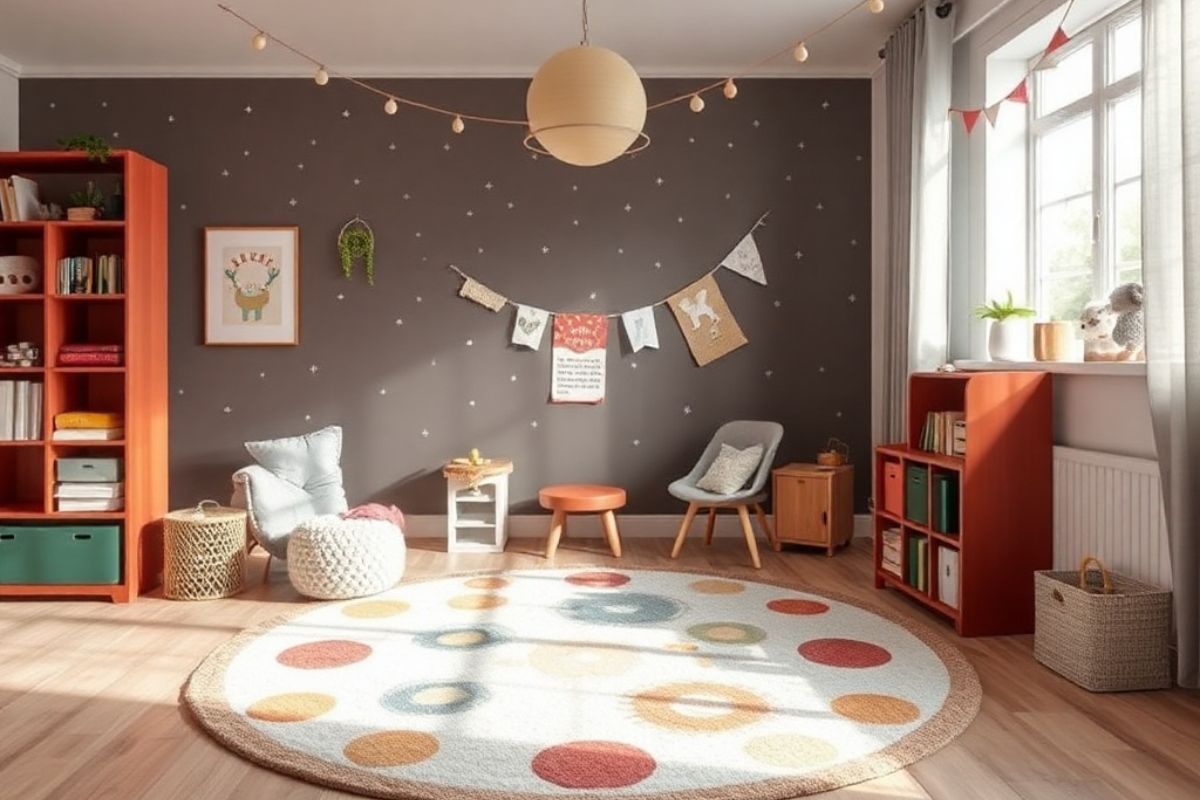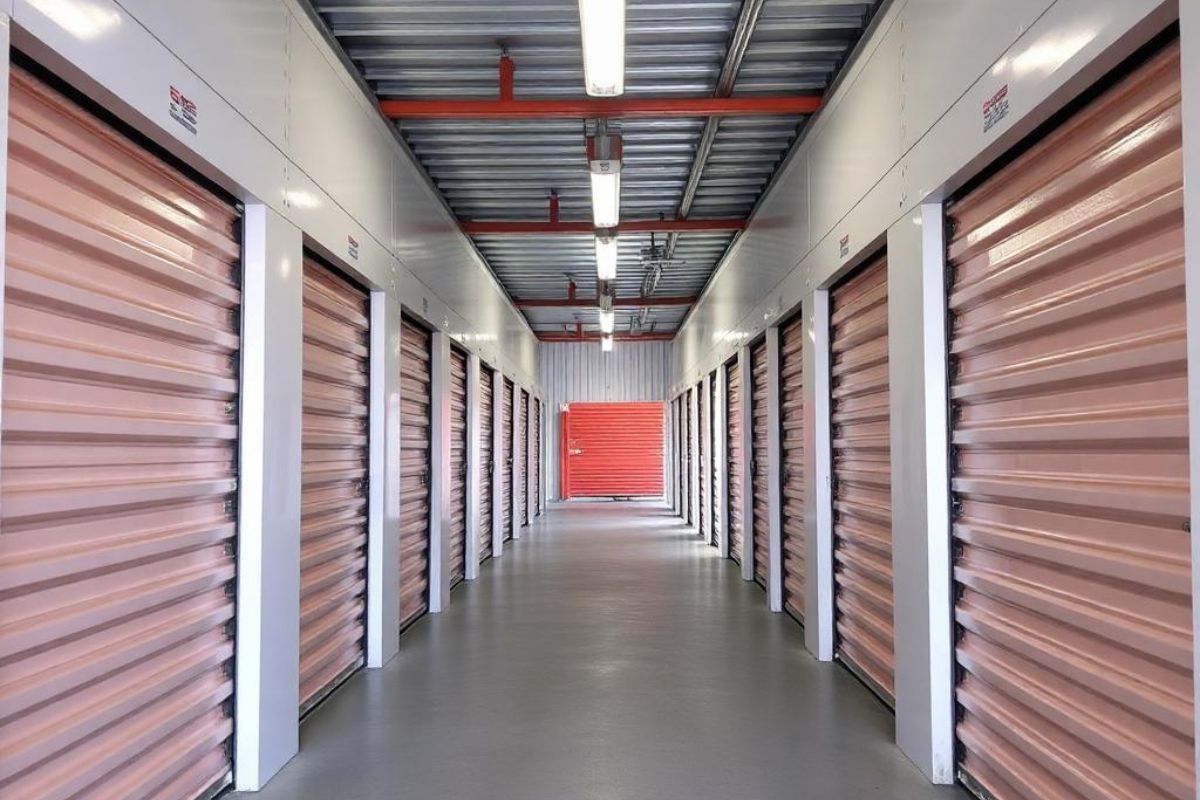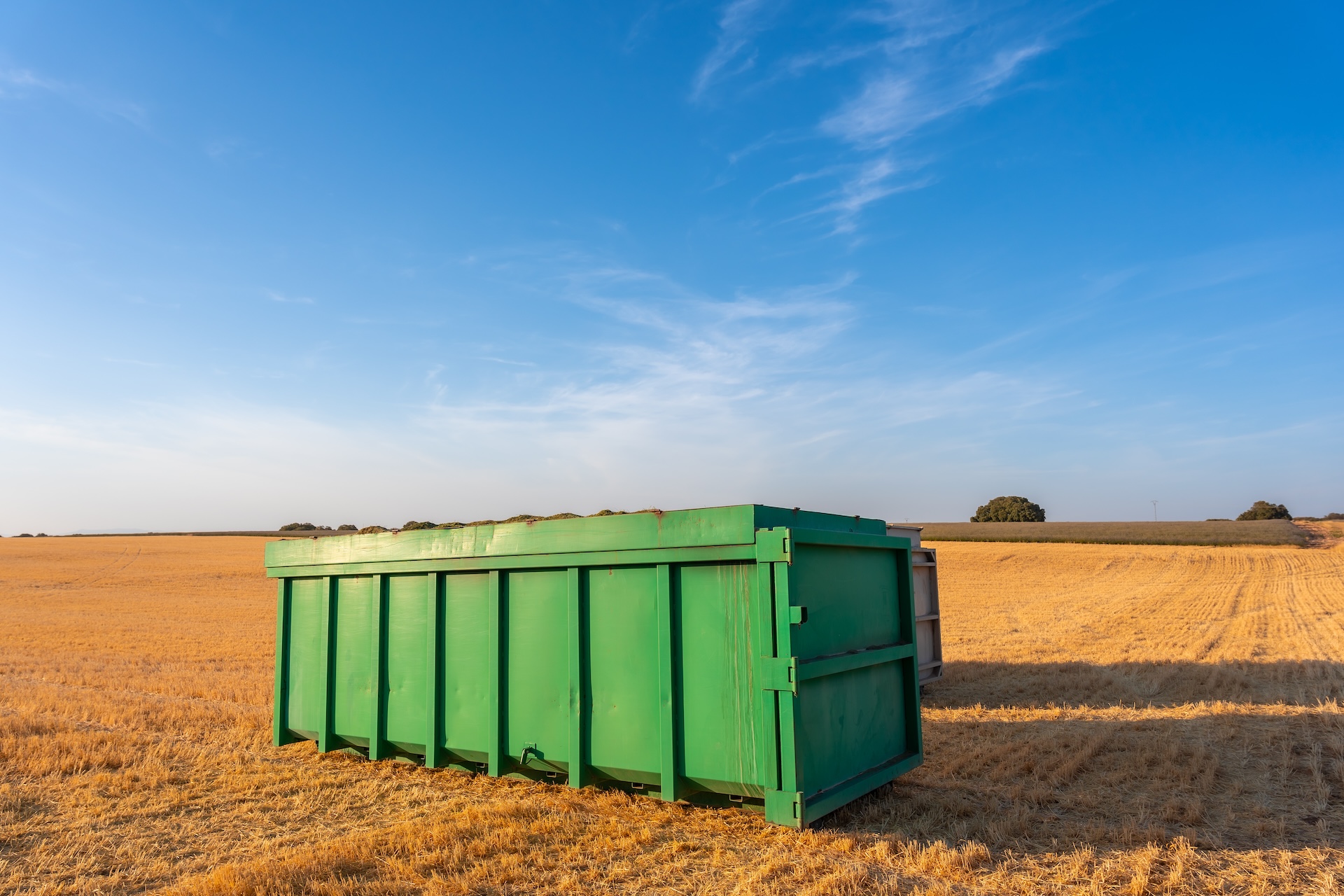Tiny House, Big Move: A DIY Mover’s Guide to Doing It Yourself

Finding a perfect home is stressful. On top of that, moving leaves you exhausted after hours or days of packing and moving your belongings to the new residence. Now, imagine the stress of moving from a standard home into a tiny house. This article guides you on how to make moving smooth and less frustrating. It focuses on tips to help you move into your first tiny house.
Tips for a Stress-free Move into a Tiny House
Borrow or Rent Moving Suitable Equipment
You want to make the move easy when working alone. Thus, rent or borrow the right equipment, such as a trailer for furniture and other heavy items. David from Brechbill Trailers says one of the benefits of renting new and used trailers instead of hiring a mover is the control over the moving timeline and lower costs. Further, hiring a trailer makes the moving process manageable, unlike when using your car and making multiple trips.
Downsize
A tiny house presents a few challenges, unlike moving into a typical house, because of the space constraints. Therefore, rethink your view on furnishings and other belongings because a tiny house may not accommodate everything you have in a standard home.
Downsize early, while still in the old house, to have space to sort the remaining items ahead of your move. It also helps you estimate the most suitable moving equipment based on the remaining items. You may have to let go of items you love because they may not be functional in a tiny house. Further, carrying them with you may take clutter into an already small space.
For instance, packing extra kitchen gadgets and appliances will reduce your storage space in the tiny house. In addition, large furniture will reduce space, limiting your comfort. Thus, visit the tiny house and imagine what it needs.
Take the dimensions of the living space in the new home and use these to select what items to carry. It includes the cabinet depth and closet width. For instance, your sofa may appear standard in your current home, but it will take up half of the living space in the tiny house.
The floor plan can guide you if the trip to the tiny house is impractical because of the distance. Then, divide your belongings into what you must carry, what you may consider, and what you should downsize.
Once you have the three categories, prioritize packing what you must carry. Avoid overpacking on the first move to avoid filling your tiny home to the brim and overwhelming it. Once you unpack and have space for more items, you can make a second trip for the non-essentials or buy new ones at your new location if the distance to the old home is unmanageable.

Get Multi-functional Packing Supplies
What happens to the packing containers and other supplies after you settle into your new home? Think ahead and get multi-functional ones that you can use in a tiny house. For example, pack your cookware in a storage bin and clothes in a soft basket to reuse them in your new home.
In addition, such packing supplies can fit in various spots, such as under your bed or in a loft. You can even pack items in items you own already, such as your laundry basket and suitcases. Another trick is using the storage space in smaller furniture as you pack. For example, pack throw pillows and blankets on side tables with removable baskets or lids.
You also need padding and covers to secure items inside the bins and boxes. For instance, wrap delicate gadgets, decor, and appliances with blankets and towels before you put them inside a storage bin. Large equipment may require tie-downs to secure them inside the car or trailer.
On top of that, stack the bins and boxes carefully with the lighter boxes on top. If you borrow or hire an open trailer, get a tarp to protect your belongings from weather elements.
Label Boxes Based on Use
The layout of a traditional home allows you to offload boxes and put them in specific rooms, such as the bedroom or living area. However, a tiny house has a different layout. If you label your belongings based on which rooms you use them in, it makes unpacking difficult. Instead, consider the function.
For instance, you can have a container with kitchen essentials and another with bath supplies. What you may not use immediately, such as seasonal wear, can go into the storage zone when you arrive at the tiny home.
Further, since the first day in a new home can be overwhelming, pack essentials separately. You can pack one bin like an overnight bag with all you need for a full day at home, such as a set of clothes, tools like a screwdriver, and bedding. It makes the unloading and unpacking so much easier as you adjust to the limited space of the new home.

Enlist Friends on Moving Day
You may take care of packing and getting supplies, but on the moving day, if possible, get some help. They can help you lift and load, drive to the tiny home, unload, or settle in. Nevertheless, specify the help you need so they can take up the roles as soon as they arrive and help you stay on schedule.
Practice Tiny House Living Before You Move
Shifting from a standard home to a tiny residence sounds good on paper, but may be daunting once you arrive on site. Consequently, practice living with less comfort before downsizing. It helps you see what you need every day. You may discover some belongings have multi-purpose features.
In addition, you adjust to a minimalist lifestyle to create a functional schedule for your new home. For instance, if you keep retrieving items from storage space, you need a better plan to bring those essentials into the living space. In contrast, anything that stays in storage throughout the trial run may be worth downsizing.

Assemble a Toolkit
Since this is a DIY move, you need a toolkit for removing packaging and hanging hooks, among other tasks. Get compact tools to save on storage space, as you may not use the equipment again once you complete the move. So, what essentials should be in your toolkit? Consider how the space in your tiny house looks, whether you already have hooks and other essentials needed, as you arrange your space.
In addition, you need tools if you have furniture to dismantle and reassemble. Such needs require a toolkit with a hammer and a multi-bit screwdriver. You can also include nails and screws of different sizes. Keep the toolkit in the essentials bin discussed earlier so you can retrieve it fast when you arrive at the tiny house.
Conclusion
Planning your move is the only way to ensure you experience the joy of moving into a new home. If you fail to plan every detail, from how you pack to where you pack each item, your first day will be a nightmare. Remember, the move from a standard home to a tiny house also presents a challenge because it means shifting to minimalist living. Therefore, downsize, carry only what you need, and label each box appropriately so you can unpack fast.









